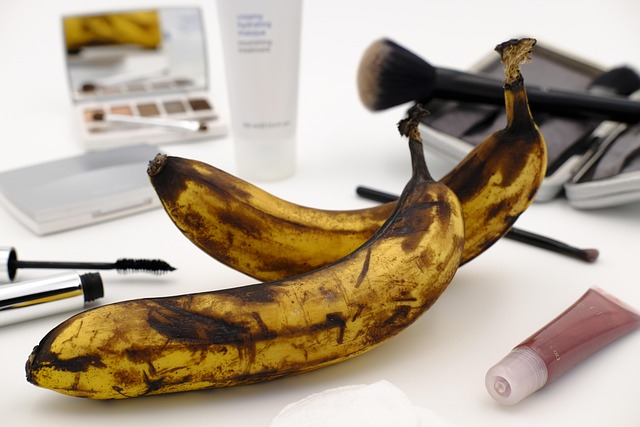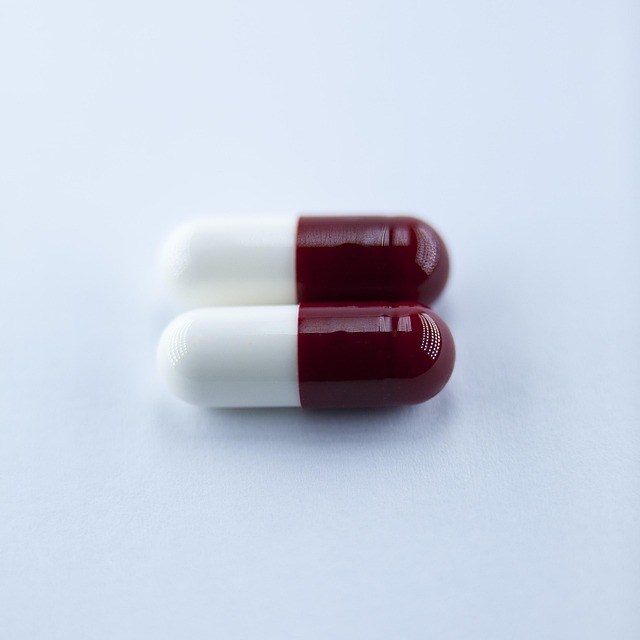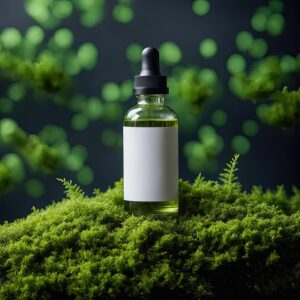Injectable wrinkle treatments like Botox, dysport, and fillers (e.g., hyaluronic acid, collagen) are popular anti-aging solutions offering immediate results in smoothing fine lines and wrinkles. Administered by qualified professionals, these procedures are generally safe with extensive research backing their use. While regular touch-ups may be needed, the convenience and significant improvements make them a viable option for achieving youthful-looking skin. Consulting a dermatologist or aesthetician ensures personalized advice based on individual skin concerns and goals, leading to optimal results while minimizing risks like redness, swelling, or allergic reactions.
“Uncover the secrets of youthful skin with injectable wrinkle treatments, a popular anti-aging solution. This comprehensive guide explores various aspects of these non-invasive procedures, offering an in-depth look at their effectiveness. From understanding the science behind wrinkle relaxers and fillers to navigating different treatment types and assessing risks, we demystify the process. Learn how to choose the ideal option for your skin concerns, discover procedure insights, and set realistic expectations. Explore long-term maintenance and future trends in the world of anti-aging treatments.”
Understanding Injectable Wrinkle Treatments: A Comprehensive Overview

Injectable wrinkle treatments have emerged as a popular anti-aging solution, offering effective and immediate results. These procedures involve injecting various substances directly into the skin to reduce the appearance of fine lines and wrinkles. The most common agents used include Botox, dysport, and fillers like hyaluronic acid or collagen. Each works in slightly different ways; Botox relaxes facial muscles, preventing contraction that causes wrinkles, while fillers add volume by plumping up depressed areas.
Understanding how these treatments work is crucial when considering their efficacy as an anti-aging measure. Safety and effectiveness are paramount, with extensive research backing their use. Additionally, qualified medical professionals administer these injections, minimizing risks. Regular touch-ups may be required to maintain results, but the overall convenience and significant improvements make injectable wrinkle treatments a viable option for those seeking youthful-looking skin.
Types of Anti-Aging Injections: What to Expect

When it comes to injectable wrinkle treatments, there are several options available for anti-aging purposes. The most common types include Botox, a protein that relaxes muscles and prevents contraction, thus reducing the appearance of lines and wrinkles; and fillers, which add volume and plumpness to the skin by smoothing out fine lines and enhancing facial contours.
Each treatment offers distinct advantages. Botox is particularly effective for dynamic wrinkles, those caused by facial expressions like frowning or squinting. Fillers, on the other hand, are ideal for static wrinkles, such as the deep lines that run from the corner of the eyes to the sides of the nose (known as crow’s feet). Understanding these types of anti-aging injections and their applications can help individuals make informed decisions about which treatment best suits their specific needs.
The Science Behind Wrinkle Relaxers and Fillers

The science behind wrinkle relaxers and fillers is a fascinating exploration of modern skincare. These injectable treatments have revolutionized anti-aging practices, offering effective solutions for reducing fine lines and wrinkles. Wrinkle relaxers work by temporarily paralyzing muscles, preventing contraction and thus minimizing dynamic wrinkles that form due to facial expressions. This results in a smoother complexion and a more youthful appearance.
Fillers, on the other hand, provide immediate volume restoration by smoothing out depressed areas of the skin. They are typically made from hyaluronic acid, a natural substance found in our bodies. As we age, collagen production decreases, leading to loss of skin elasticity and depth. Fillers fill these gaps, enhancing facial contours and adding back the definition that comes with youthful skin.
Benefits and Risks: Weighing the Options

Injectable wrinkle treatments have gained significant popularity as an anti-aging solution, offering a quick and effective way to combat fine lines and wrinkles. These procedures involve injecting various substances into the skin to stimulate collagen production, improve skin elasticity, and reduce the appearance of age-related changes. One of the key benefits is their immediate effect; patients often see visible improvements in their skin texture and overall youthful appearance within days or weeks. This makes them an attractive option for those seeking a more instant solution compared to other long-term anti-aging treatments.
However, as with any cosmetic procedure, there are risks involved. Potential side effects include temporary redness, swelling, bruising, and discomfort at the injection sites. In some cases, patients may experience allergic reactions or an uneven skin texture. It’s important for individuals considering these treatments to understand that results may vary, and multiple sessions might be necessary to achieve the desired effect. Additionally, long-term safety data is still being studied, making it crucial for patients to consult with qualified healthcare professionals who can provide personalized advice based on their medical history and specific needs.
Choosing the Right Treatment for Your Skin Concerns

Selecting an injectable wrinkle treatment should be a well-informed decision, tailored to your specific skin concerns and goals. Not all anti-aging treatments are created equal, with various options available, from Botox to filler injections and more specialized serums. Understanding the differences between these treatments is key to choosing the most effective solution for your needs.
Start by consulting a dermatologist or aesthetician who can assess your skin and provide expert advice. They’ll consider factors like the depth of wrinkles, your skin type, and any underlying medical conditions to recommend the best course of action. Remember, different treatments target different aspects of aging, so choosing the right one could make a significant difference in achieving smoother, more youthful-looking skin.
Procedure Details: Steps and Recovery Time

The procedure for injectable wrinkle treatments begins with a consultation where a dermatologist assesses your skin and determines the best course of action, often using fillers or toxins. During the treatment, a small needle is used to inject the anti-aging solution into specific areas targeting wrinkles, lines, or folds. The process is usually quick, taking only 15-30 minutes, depending on the extent of the treatment.
Recovery time is minimal, with most people experiencing mild redness and swelling that subside within a few hours. Patients can return to their normal activities immediately after the procedure, although it’s recommended to avoid strenuous exercise or sun exposure for a short period. It’s crucial to follow post-treatment instructions from your dermatologist, including applying cold compresses and using gentle skincare products, to ensure optimal results and minimize potential side effects.
Results and Expectations: What to Look For

When considering injectable wrinkle treatments, understanding the potential results and what to expect is crucial. The primary goal of these anti-aging treatments is to reduce the appearance of fine lines and wrinkles by smoothing out the skin’s surface. Over time, many patients notice a significant improvement in skin texture and overall facial contour.
The outcomes can vary depending on various factors, including the specific injection type, the area treated, and individual skin characteristics. Some treatments may deliver immediate results, providing a temporary boost in skin firmness, while others might take several days or weeks to show visible changes. It’s essential to set realistic expectations, as multiple sessions are often required for optimal outcomes, and regular maintenance can help sustain the effects of these treatments.
Long-Term Maintenance and Future Trends

While injectable wrinkle treatments offer immediate results, long-term maintenance is key to sustaining the effects. Regular touch-ups are typically required every 3-6 months, depending on various factors such as skin type, lifestyle, and the specific treatment used. This consistent care ensures that wrinkles remain minimised and provides a continuous anti-aging benefit.
Looking ahead, future trends in injectable treatments suggest even more innovative and personalised approaches. Advancements in technology are leading to precise, targeted therapies with reduced downtime and improved safety profiles. Customised formulations tailored to individual skin concerns and genetic predispositions could become the norm, taking anti-aging treatment to a new level of effectiveness and personalisation.
